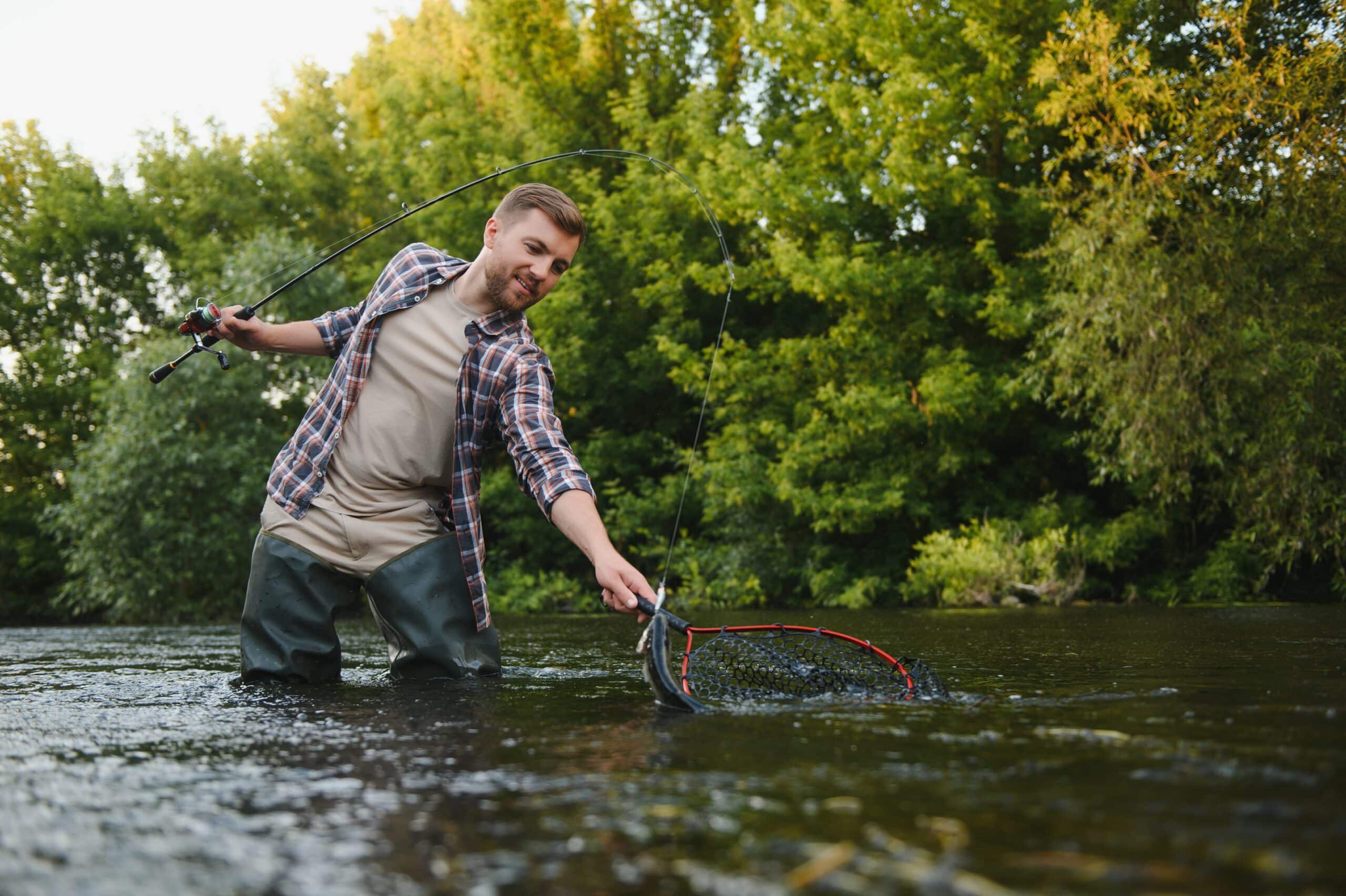How to Read Water When Fly Fishing
Key Takeaways
- Fly fishing requires understanding how to read water and find the best fishing spots
- Trout have specific preferences for their habitat, including shelter/nesting areas, feeding lanes, and holding grounds
- Finding seams, such as rock seams, river bend seams, head and tail of pools, and undercut embankments, can increase chances of finding trout
Fly fishing is a beautiful and rewarding activity that requires a deep understanding of the water and its inhabitants. To become a successful fly fisher, it is crucial to know how to read water and find the best spots where fish are likely to be. In this article, we will explore different techniques and strategies to help you read water effectively and increase your chances of catching fish.
Understanding the Habits of Trout
Trout, particularly rainbow trout, have specific preferences when it comes to their habitat. They seek shelter in deeper water or behind rocks with slower current. These areas provide protection from predators and allow them to conserve energy. Feeding areas, on the other hand, have strong currents that bring food to the fish. These spots are where trout actively search for their next meal. Lastly, holding grounds are areas with weaker currents where fish wait for food to come to them.
When reading water, it is important to identify these key spots: shelter/nesting areas, feeding lanes, and holding grounds. By understanding the habits of trout and their preferred locations, you can narrow down your fishing choices and focus on the areas where fish are most likely to be.
Finding Seams for Trout
One of the best places to find trout is in seams, which are created by objects disrupting the current. These seams provide a break in the flow of water, creating a calmer area where trout can hold and feed. There are various types of seams that you can target:
- Rock seams: Rocks create turbulence in the water, creating seams where trout can find shelter and food.
- River bend seams: The outer edges of river bends often create slower currents, attracting trout.
- Head and tail of pools: Pools have slower currents at the head and tail, making them ideal spots for trout.
- Undercut embankments: Undercut banks provide cover and slower currents, making them excellent hiding spots for trout.
By targeting these different seams, you can increase your chances of finding trout and having a successful fly fishing experience.
Considering Depth, Time of Day, and Season
When reading water, it is essential to consider additional factors that can influence fish behavior. The depth of the water plays a significant role in fish coverage and hiding places. Deeper areas provide more opportunities for fish to hide, while shallower areas may be more suitable during certain times of the year.
The time of day and season also impact fish movement and location. During the summer, trout may move to shallower water to find cooler temperatures, while in winter, they may seek deeper holes for warmth. Understanding these patterns can guide your fishing strategy and help you adapt to the changing conditions.
Tips for Approaching Trout
Approaching trout without scaring them requires some finesse. Here are a few tips:
- Stay low and move slowly: Keep a low profile and move quietly to avoid alerting the fish.
- Use proper casting techniques: Casting your line in a way that keeps it out of the trout’s view is crucial. Practice your casting skills to achieve accuracy and precision.
- Wear appropriate clothing: Choose clothing that blends in with the surroundings and reduces the chances of alarming the fish.
By following these tips, you can improve your chances of getting closer to trout without disturbing them.
Conclusion
Reading water when fly fishing is a skill that takes time and practice to master. By understanding the habits of trout, finding seams, and considering depth, time of day, and season, you can increase your chances of finding fish and having a successful fishing trip. Remember to approach trout with care, using low and slow movements, proper casting techniques, and appropriate clothing. With dedication and patience, you can enhance your fly fishing experience and create lasting memories on the water.
Related Websites:
FAQs:
Q: Why is reading water important in fly fishing?
Understanding water conditions helps anglers locate fish and determine their behavior, increasing their chances of successful fly fishing.
Q: How can I identify different currents and their effects?
Look for visual cues such as ripples and foam lines to identify different currents and understand their effects on fishing.
Q: Why is it important to observe surface disturbances while reading water?
Surface disturbances like rises, splashes, and swirls can help you locate fish and interpret their movements.
Q: How can I use rise forms to determine trout behavior and feeding zones?
By monitoring a fish’s response to flies on the surface, you can determine its behavior and identify the areas where trout are feeding.
Q: What role do polarized sunglasses play in water observation?
Polarized sunglasses help reduce glare on the water’s surface, allowing you to see beneath the surface and spot fish more easily.






